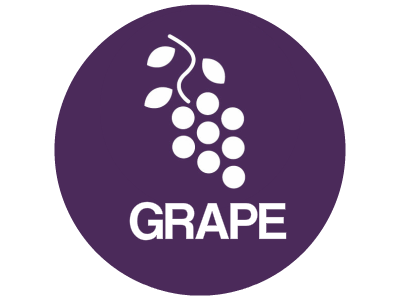 Intro: I confess: industrial part washers do not usually come to mind as a sexy industry to write about. However, the owner let me know how important industrial cleaning is to high quality manufacturing. And learning how various industrial psrt washers work proved to be much more interesting than expected. What is especially intriguing is the extent to which industrial part washers can be customized to fit a customer’s cleaning needs – for large heavy parts, a multitude of small parts, and the special cases in-between.
Intro: I confess: industrial part washers do not usually come to mind as a sexy industry to write about. However, the owner let me know how important industrial cleaning is to high quality manufacturing. And learning how various industrial psrt washers work proved to be much more interesting than expected. What is especially intriguing is the extent to which industrial part washers can be customized to fit a customer’s cleaning needs – for large heavy parts, a multitude of small parts, and the special cases in-between.What does AEC Systems do and why?
We produce aqueous or water-based cleaning systems. We do this because literally everything that is manufactured needs to be cleaned. Think of any process in manufacturing and distribution; everything requires cleaning. Every part of every car, airplane, everything needs to be cleaned. That’s why.
People don’t realize that nearly everything they touch has been through a parts cleaning system. For example, think about Harley Davidson. All the components that go into motorcycles as well as repair and aftermarket parts are cleaned using a system like we sell. At a smaller level, think about your local auto repair shop. They all use some version of a parts washer, typically smaller than what we sell. The bottom line is that the cleaner the parts, the more efficient, longer-lasting and trouble-free they will be.
What kinds of companies require industrial part washers?
Our market is very broad: aeronautic, automotive, steel processing, rail systems, distribution systems, and wind energy, to name a few. A couple of household names that use a large number of part washers are Honda, Caterpillar, GE, Goodrich, Magna, and even Dollar General. We sell to many companies that are Tier 1 or Tier 2 manufacturers and distributors that are not necessarily household names. We also sell equipment to many repair facilities, for example ZF, Weller, and LKQ.
Explain the difference between a solvent washer and an aqueous one? Why would someone use one or the other?
Historically, parts washing was done primarily using solvents, which are chemicals that remove oils, dirt, grime, etc., very efficiently. Unfortunately, solvents are very bad for the environment, particularly ozone with regard to employee health. Although the EPA has gone out of its way to promote aqueous systems, solvent systems are still used frequently due to their longevity. Solvents are improving and companies are getting better about reclaiming the byproducts; however, as regulations continue to tighten, we believe business owners will switch to aqueous systems. For example, we are quoting and replacing and increasing the number of vapor degreasing machines due to their extremely harsh environmental impact.
How have technological improvements in part washers contributed to overall improvements in the way the average consumer live
As industrial part washers have evolved, quality end products have also become more prominent. For example, back in the 1970s if a car made it to 100,000 miles it was a huge milestone that many failed to achieve. Today, if a car fails to make it to 200,000 miles, it’s relegated to lemon status. A huge reason for this is that the parts that go into engine blocks are much more rigorously cleaned (in combination with advances in precision machining and other technologies). The cleaner and more precise the components of an engine, the longer it will last. It’s common sense.
AEC Systems employs several different types of industrial washers – and for the laymen that can be confusing. Can you explain some of the different applications?
The best way to explain it is that each machine fills its own unique niche. For example, a carousel part washer is much more precise and thorough, a conveyor washer is extremely fast for production cleaning, and a cabinet part washer is more for general, lower-volume, short-run cleaning.
When might a company need to have AEC build a custom parts washer?
Almost every machine we sell is customized to the specific application that the customer desires. So it’s not necessarily the size or shape of the machine that’s customized. Or the technology. It’s the customer’s requirements with regard to a machine’s operating capacity. Questions we often ask are, “What type and how many parts per day do you need cleaned?”
Industrial parts washers are not normally top-of-mind by the general public. How did you get involved in this industry?
Our team comes with a technical background – engineering, aerospace, automation, robotics, even pressure washer sales. When you get deeply involved in those fields, commercial opportunities tend to present themselves. The founder of AEC sold pressure washers in the 1970s, much like those that you would power wash a home or deck with today. He came across the opportunity to sell industrial part washers. The current owner talked to a friend in the industry and eventually got intrigued enough to jump in. The reason for our success is providing the solutions that our customers are looking for, and this brought us to cleaning.
